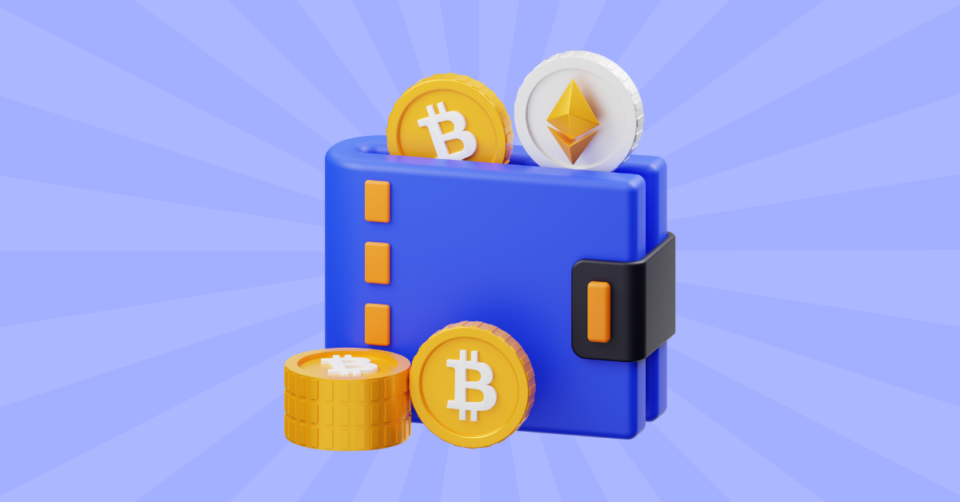This is the era of digital assets. Cryptocurrencies have enormance importance in this digital world. Like traditional assets, digital assets can be stolen if adequate attention is not given to secure them. So, it’s important to know how we can keep our digital assets safe.
Here we can learn a few methods we can use to secure our digital wallets, which are used to store our digital assets.
Ready?
Step 1: Apply 2FA
Two-factor authentication is the best option you can choose to secure your crypto wallet, as it acts as an additional shield to your wallet. How it works is: once applied, to access your wallet, besides your regular password, you will need to provide a second form of verification, like a special code sent to your phone.
Step 2: Beware of Phishing Attacks
Don’t respond to any suspicious emails. Don’t click any unknown links. Clicking on a suspicious link may lead to malware being installed on your device, and thus may lead to your private keys being stolen.
Step 3: Regularity Update Your Software Wallet
Outdated software can be vulnerable. It can be easily attacked. So, keep this in mind and update your software crypto wallet regularly.
Step 4: Never Share Your Private Keys
Always be aware that anyone who has access to your private key can access your cryptocurrencies. Don’t share your private keys even with your close ones.
Step 5: Use VPN while using Public Wi-Fi
It’s advised not to use public Wi-Fi to access your crypto wallet, as they are highly vulnerable for hacking attacks. In unavoidable circumstances, you can use the assistance of powerful VPNs to secure your data from being hacked.
Step 6: Back Up Your Crypto Wallet
What will you do if your device gets stolen or lost? In such a scenario, we can rely on our backup to recover the lost data. So, it’s important to regularly back up your crypto wallet. As you are handling sensitive information, make sure you store your wallet in a safe place.
Step 7: Select the Most Secure Option
It’s good to store your private keys offline, as it minimizes the possibility of hacking attacks and other similar online attacks. So, it’s advised to consider using hardware wallets as the first option. But, it may not be the best choice if you are someone who does frequent crypto transactions.
Step 8: Stay Away from Vulnerable Physical Environment
Though hardware wallets are safe compared to software wallets, it’s important to evaluate the security and safety of the environment where you prefer to store your hardware wallet. Keep your hardware wallet in a safe location. Using hardware wallets with a pin code feature can enhance the security factor further.
Apply these steps to ensure that your crypto wallet remains less vulnerable to any type of threat.
Be aware that the crypto world is evolving day by day. Every crypto wallet user should be capable of enhancing his wallet security by analyzing changes happening in the crypto world. He can easily achieve it by staying up-to-date about every new crypto development.
Google Authentication
This is a widely used app available for both Android and iOS devices. It provides an extra layer of security during the authentication process.
ExpressVPN
It’s a top-rated VPN service. With strong encryption and a strict no-logs policy, it prioritises user privacy and security.
Exodus
It’s a user-friendly software wallet, which supports a wide range of cryptocurrencies. It offers rare features like a backup.





